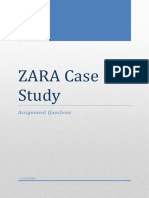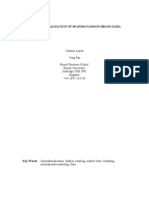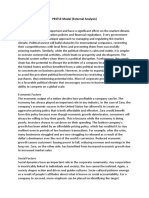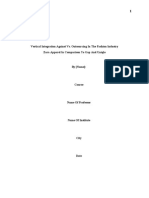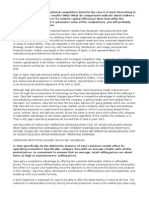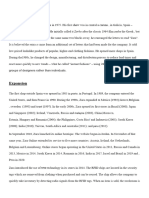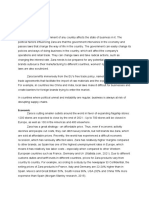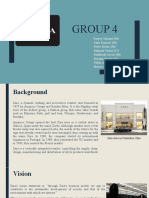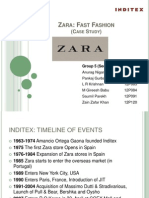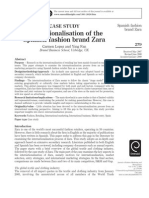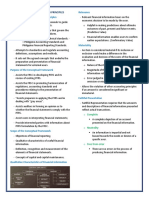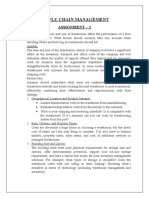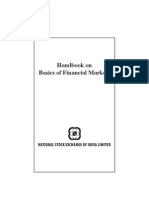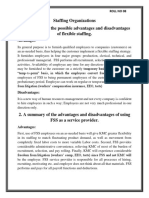0% found this document useful (0 votes)
261 views24 pagesMGT Assignment 2
Zara is a Spanish clothing retailer and flagship brand of Inditex, the largest apparel retailer in the world. It has over 2,264 stores globally in 96 countries. Zara pioneered fast fashion through a highly responsive supply chain model. It focuses on design, production, distribution, and sales through extensive retail networks. Zara generates the most profits for Inditex, accounting for over 70% of Inditex sales. It has proven successful through appropriate management decisions focused on research and rational decisions. Zara uses extensive technology in manufacturing and a Just-in-Time supply chain strategy. It faces competition but maintains customer loyalty through frequent new fashion trends and affordable pricing.
Uploaded by
Sorwer SorwerCopyright
© © All Rights Reserved
We take content rights seriously. If you suspect this is your content, claim it here.
Available Formats
Download as PDF, TXT or read online on Scribd
0% found this document useful (0 votes)
261 views24 pagesMGT Assignment 2
Zara is a Spanish clothing retailer and flagship brand of Inditex, the largest apparel retailer in the world. It has over 2,264 stores globally in 96 countries. Zara pioneered fast fashion through a highly responsive supply chain model. It focuses on design, production, distribution, and sales through extensive retail networks. Zara generates the most profits for Inditex, accounting for over 70% of Inditex sales. It has proven successful through appropriate management decisions focused on research and rational decisions. Zara uses extensive technology in manufacturing and a Just-in-Time supply chain strategy. It faces competition but maintains customer loyalty through frequent new fashion trends and affordable pricing.
Uploaded by
Sorwer SorwerCopyright
© © All Rights Reserved
We take content rights seriously. If you suspect this is your content, claim it here.
Available Formats
Download as PDF, TXT or read online on Scribd
/ 24




